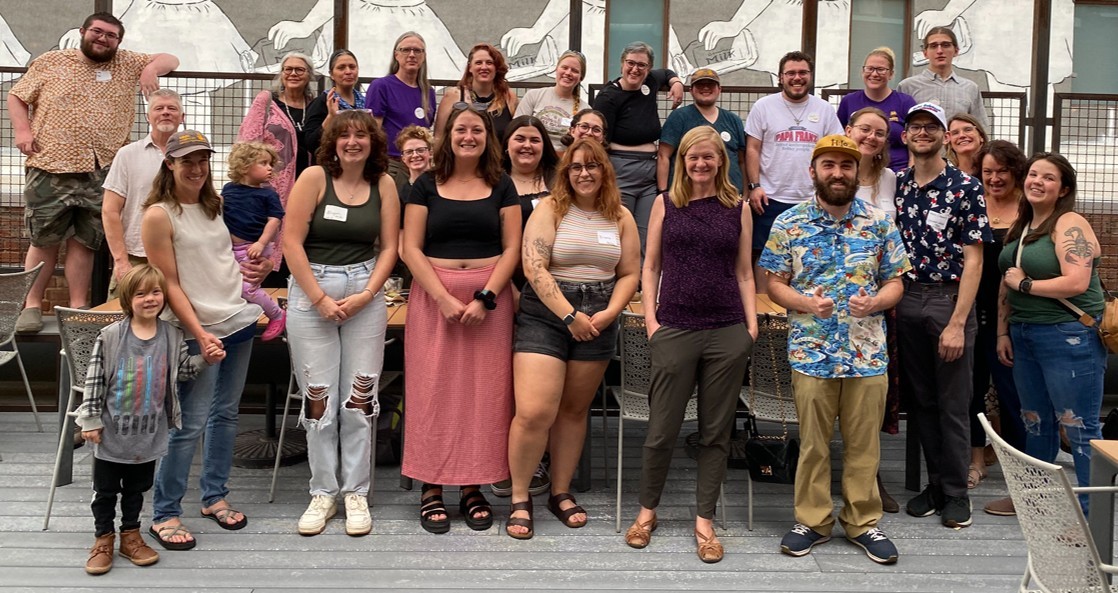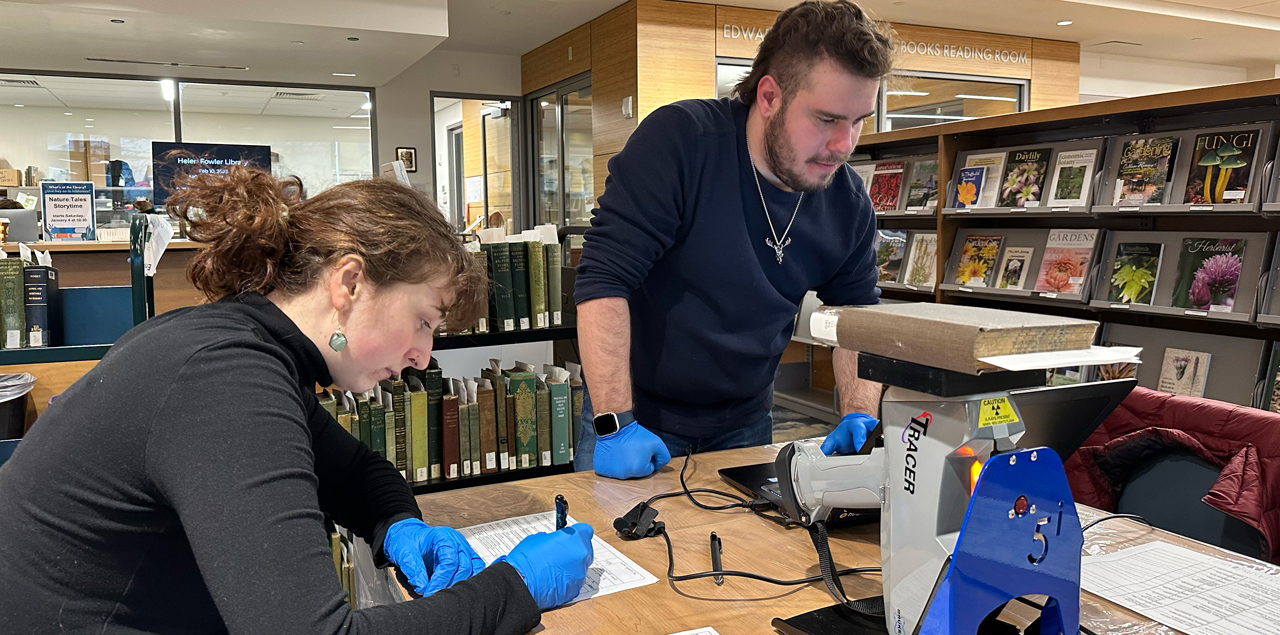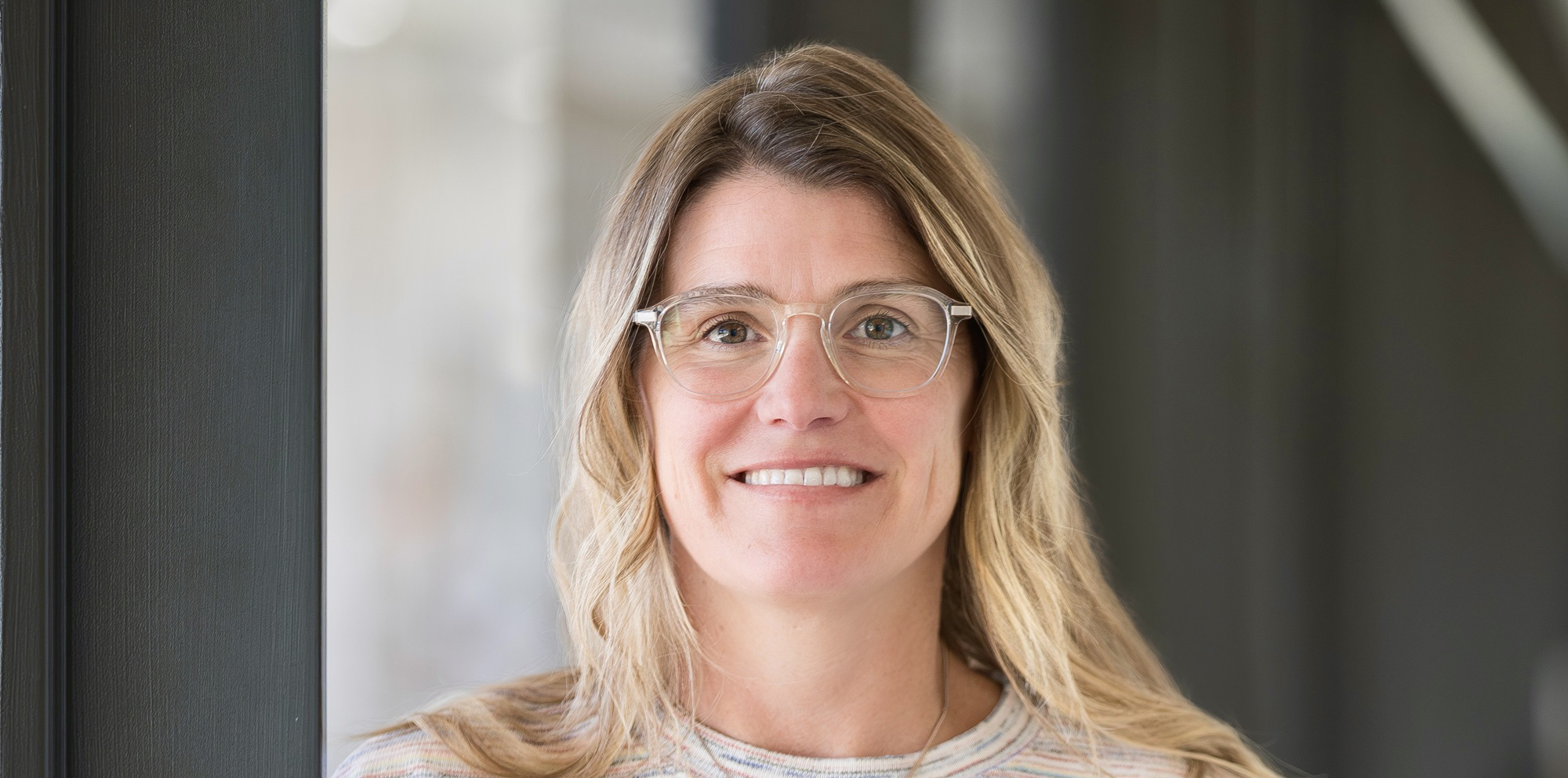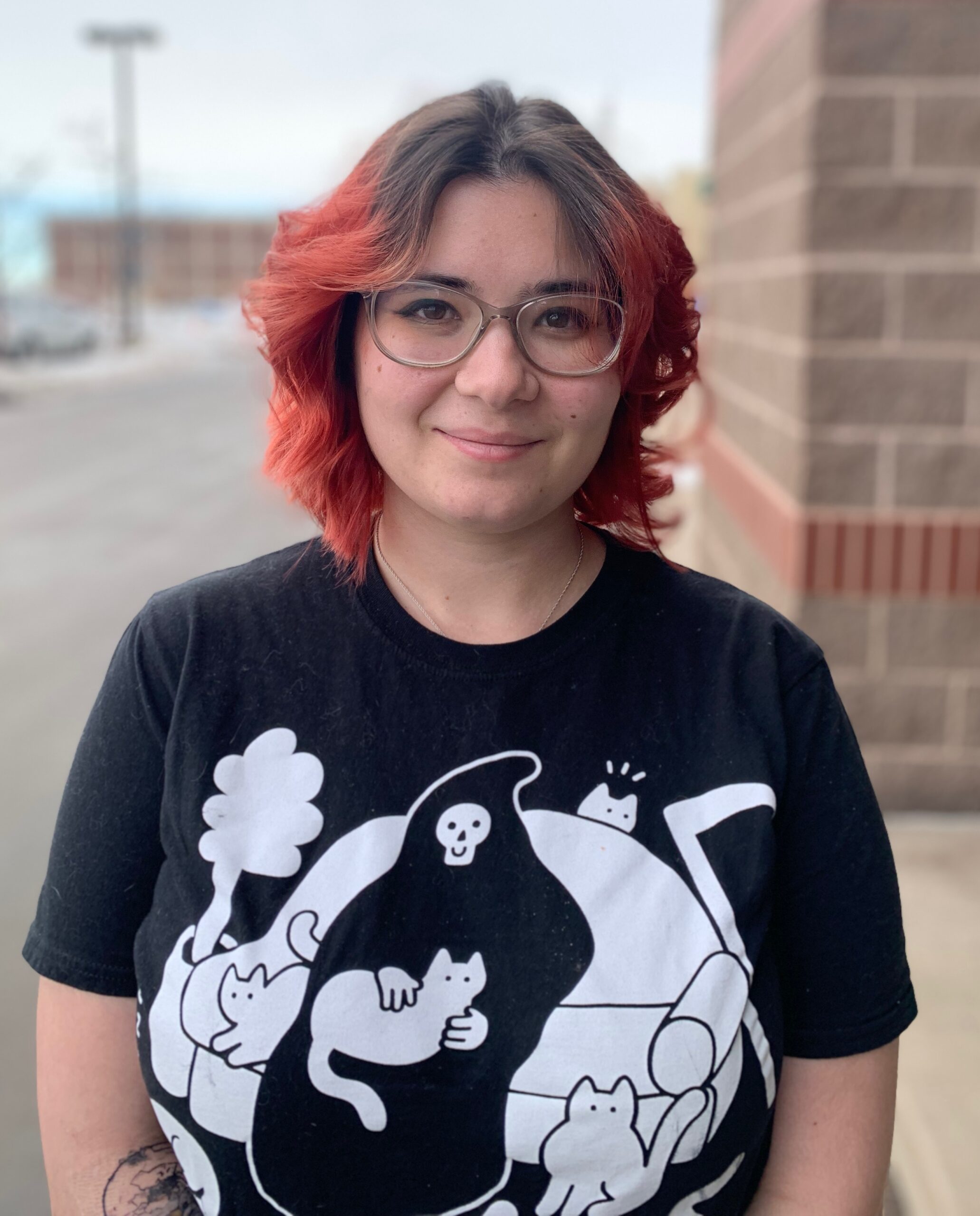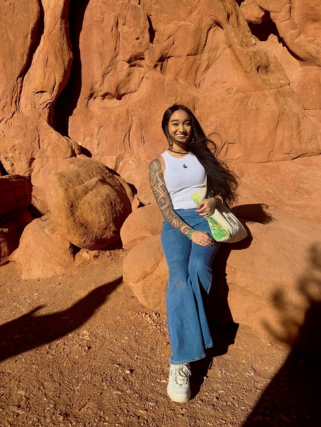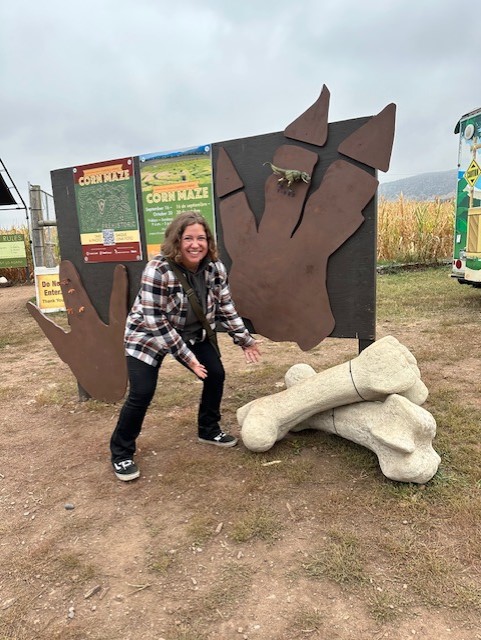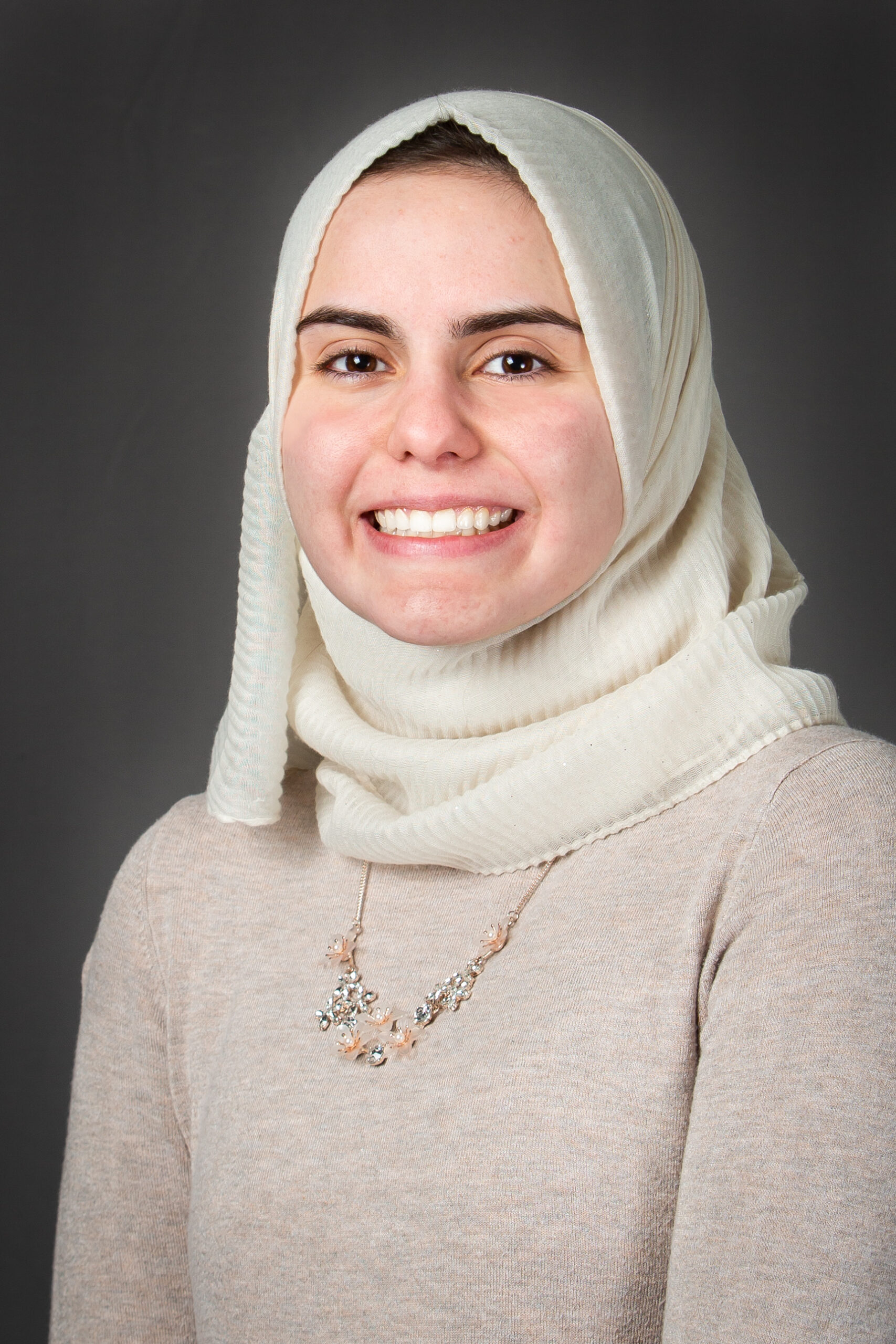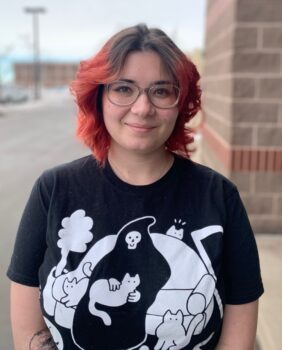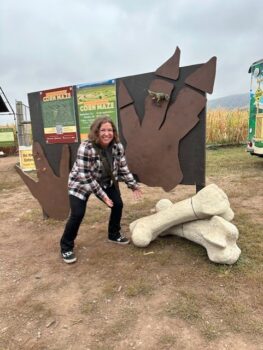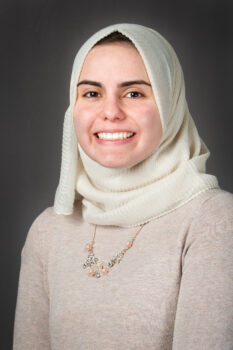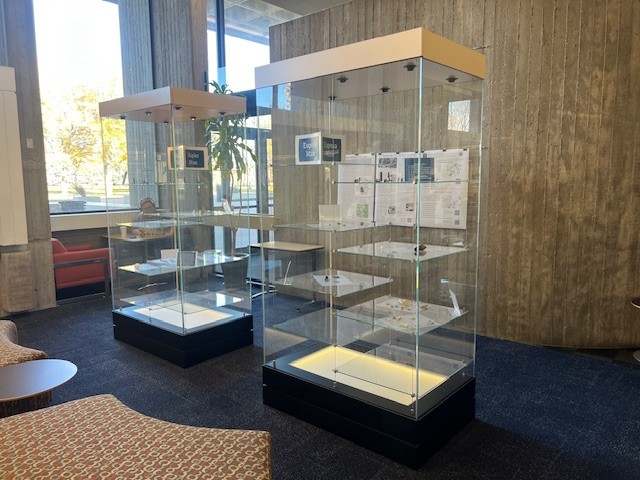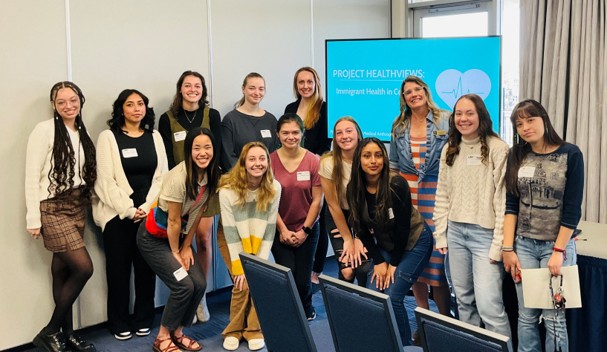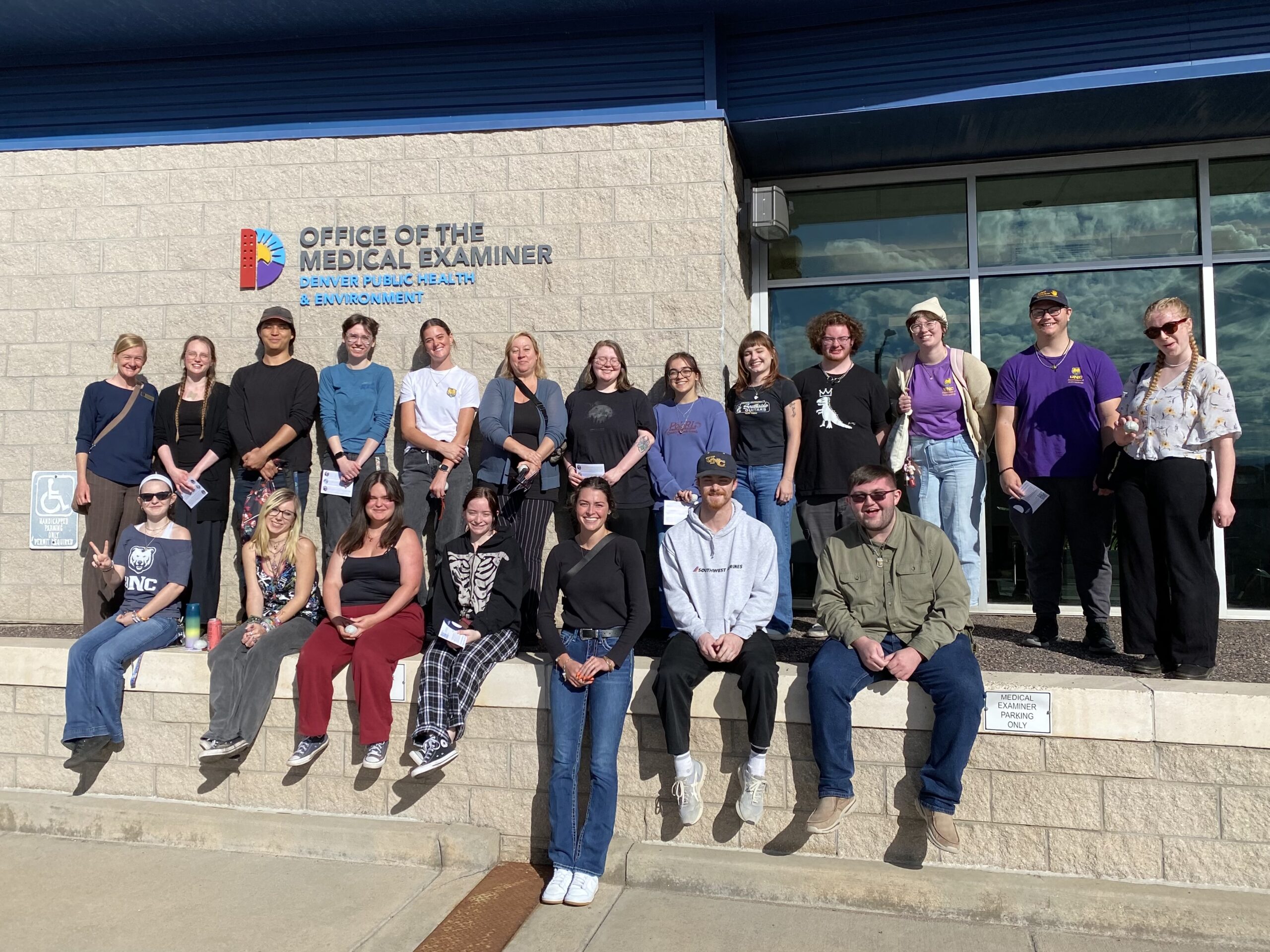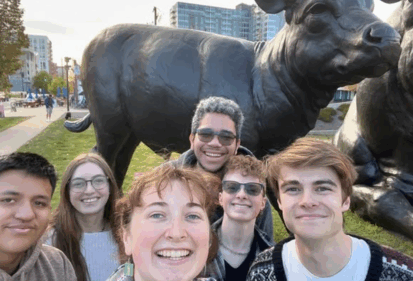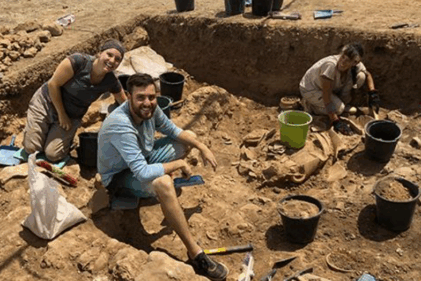Anthropology
Academic Department
Anthropology is the study of people, both in the past and today. UNC anthropology students build research skills that connect with many fields. They also learn about human behavior and why it changes over time. At UNC, students focus on community and civic engagement. This helps them gain hands-on experience in their local areas and around the world.
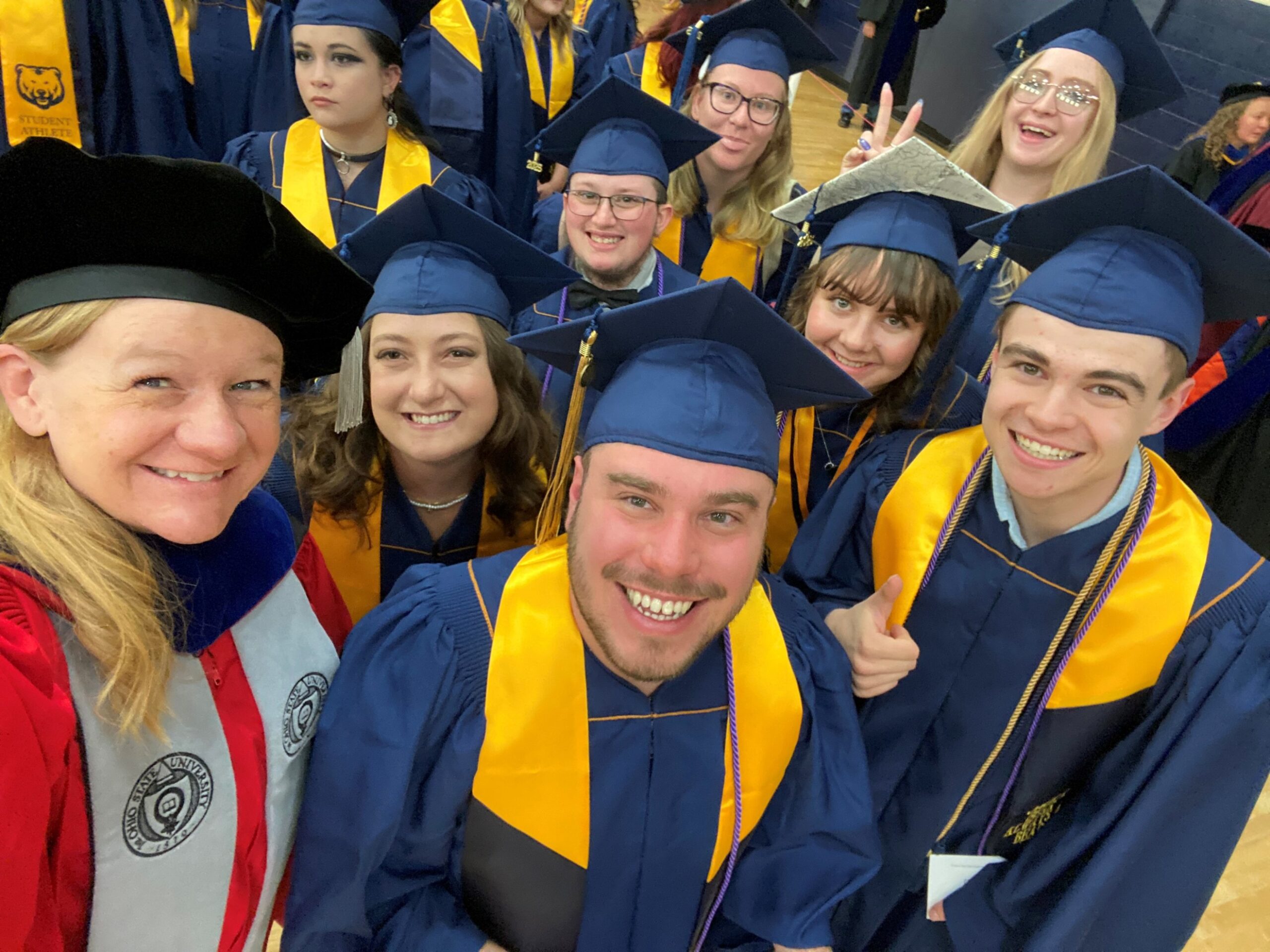
Study the Story of Cultures
Why Study Anthropology
When people hear the word, Anthropology they often think of Indiana Jones or imagine studying faraway cultures. In reality, Anthropology is about studying and understanding human life and experiences from the past to today. In our Anthropology program, you’ll learn the skills to help you analyze and address real world problems.
Three Anthropology Students presenting their research at a professional conference.
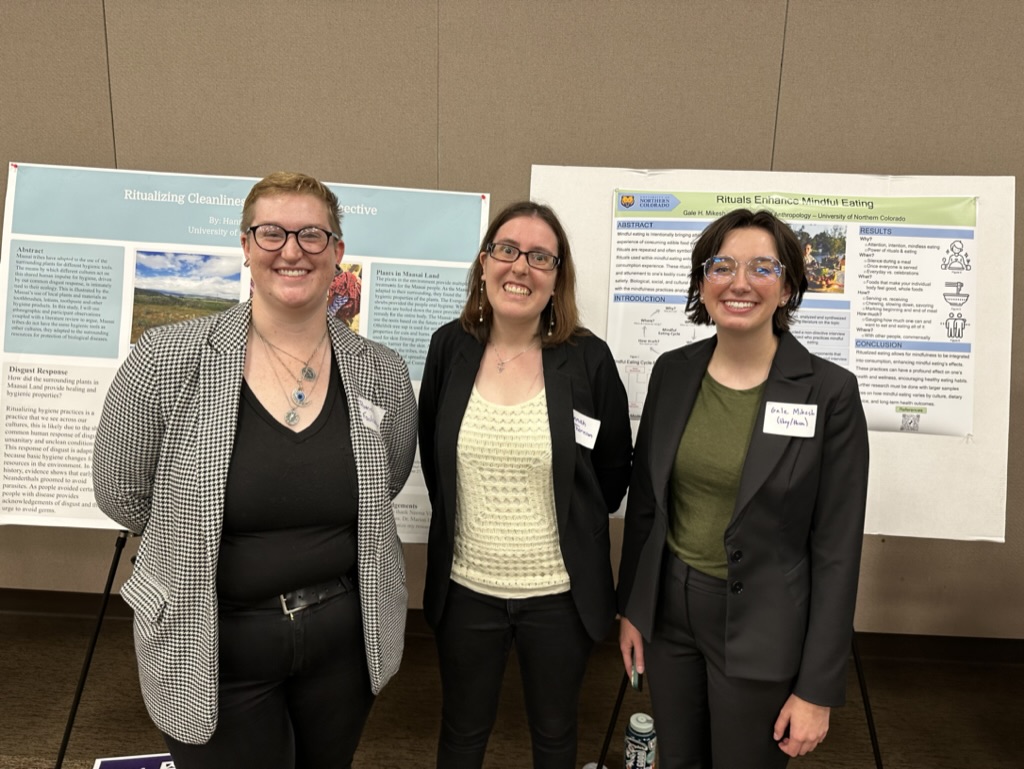
Join the Anthropology Family
You’ll find that the Department feels like a small community within a larger university. Our classes for upper-level students are small, making it easier for you and your professors to get to know each other and work together.
